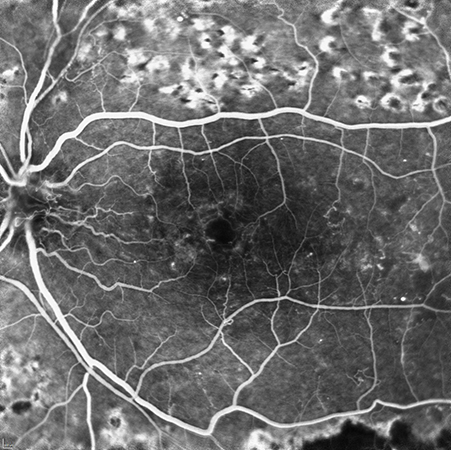Therapeutic procedure used in ophthalmology that consists of applying a laser beam to the deepest structure of the eye, the retina, with the aim of intentionally producing a therapeutic burn in a specific area.
The laser is a beam of light that can be focused very precisely on a point of the retina. The application of the laser through short, successive pulses makes it possible to coagulate abnormal blood vessels and repair retinal tears, or to destroy abnormal tissues that affect visual capacity. The goal is to treat various eye diseases by destroying ischemic areas (lacking oxygen), exudative areas (abnormal deposits), proliferative areas (with the growth of new blood vessels), or tumorous areas. A small area of the retina or a wide zone can be treated; in the latter case, the technique is called panretinal photocoagulation. Numerous studies support the effectiveness of this treatment, which has helped to prevent the visual deterioration associated with certain conditions, such as diabetic retinopathy and retinal detachment. Before retinal photocoagulation was discovered, diabetic retinopathy, for example, often resulted in total vision loss.


